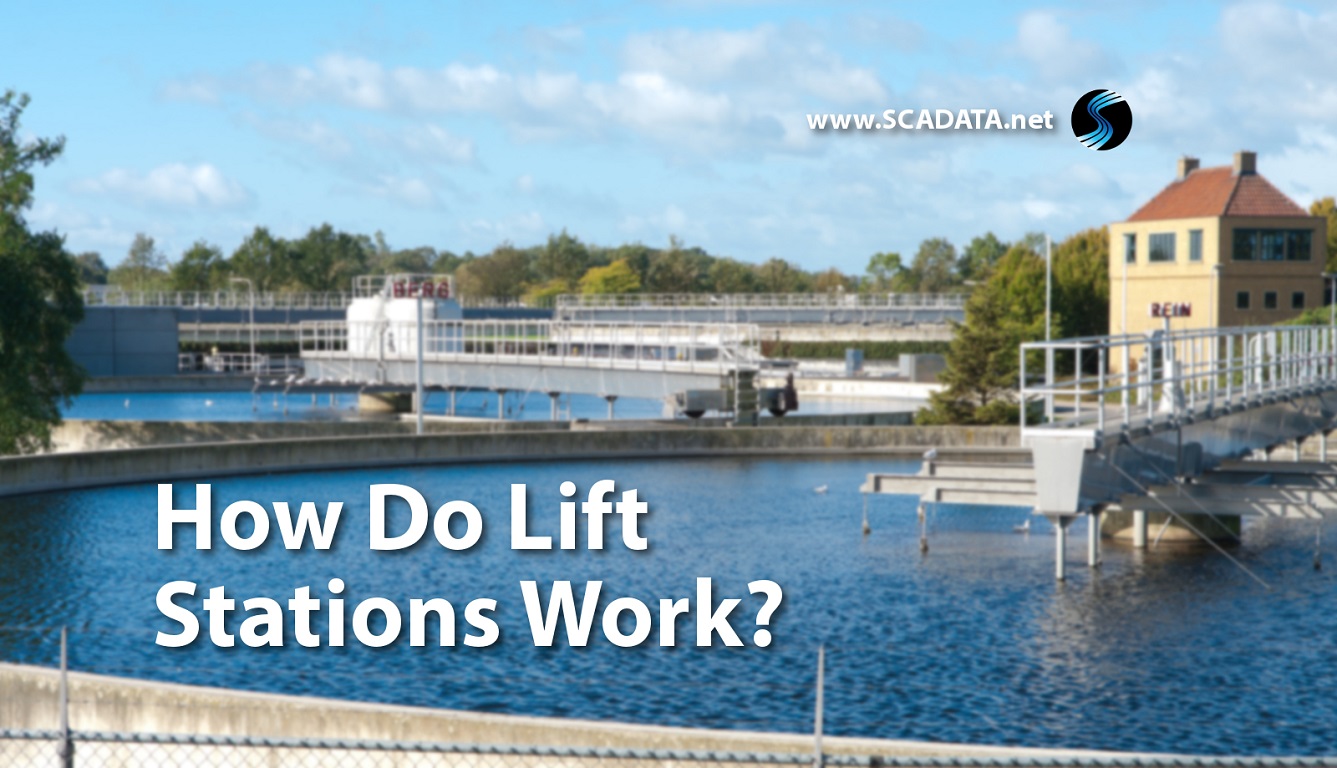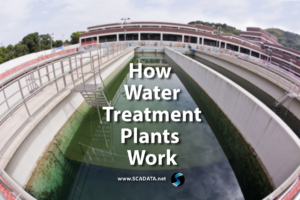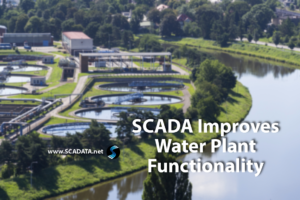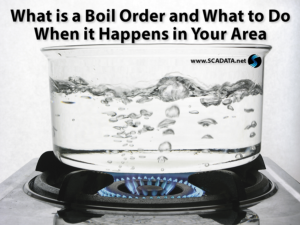As with most things that work behind the scenes, lift stations are something you might never think about until something goes wrong. However, these devices are a critical part of the overall sewage and drainage systems that keep America�s municipalities chugging. Without lift stations, America’s plumbing and sewage disposal systems would not be able to work continuously. When something goes awry, it can mean bad news. The following guide will provide you with a basic understanding of how lift stations work.
Knowing more about lift stations puts you a step ahead
Knowing how lift stations work can help you avoid problematic situations. The wet-well and the controls are the two primary elements that you will find at a lift station. The wet-well is a basin that houses the pumps and receives the inflow of water. This basin can be made from fiberglass or concrete, but is most commonly made of steel. The wet-well contains pumps that each have their own check valve and shut-off valve. Most systems utilize two pumps, although there can be less or more depending on the set-up. These pumps push water into the outflow.
The check valves are a critical component because they stop the pumped water flow from coming back into the wet-well when the pumps shut off, reducing the risk of contamination. They also ensure that one pump does not pump back into the other. A shut-off valve allows for the isolation of each pump, which is helpful should a disaster occur. It is common for stations to have a level-sensing device, like mechanical float switches, a transducer, or both.
Typically four float switches are used: off float, lead float, lag float, and the high water/alarm float.
Lift stations provide peace of mind
These float switches provide peace of mind. In normal operations, the pumps switch back and forth after each pumping cycle. An alternator selects which pump will be the �lead,� depending on the order of events.
Pumps can back each other up in the event of a disaster. That�s when a transducer comes into play. This device controls the amount of DC voltage it sends back to the control panel in relation to the water level in the wet-well. The control panel is essential because it serves as �the brain� of the equipment and sends signals to the different components.
The control panel may contain high voltage and phases. This can create dangerous conditions and precautions should be taken to avoid injury. In some situations, too much current drawn by the pump can cause it to shut off. This can happen for a variety of reasons including dead short, locked pump, or water in the motor.
Each pump also has a hand-off-automatic (HOA) switch as another means of control. The hand position (H) runs the pump (in manual mode) and the automatic position (A) runs the pump off the level sensors. Usually, the control panel will have a light or reset button which indicates thermal overload protection and seal failure sensors. When activated, these signal the pumps to turn off. However, you should never assume that the power is off until you have checked it with a voltmeter. Exercise caution and do not proceed to work on the panel until this is done.
Maintenance is key with lift stations
In addition to exercising prudence, operators need to be aware that lift stations require regular, routine maintenance. That means daily � or at least a minimum of three times per week. It�s best practice (and often required) to maintain a record of what is done. For example, log the hour/flow readings and rainfall amounts. Make note if someone greases the motors or cleans the floats. Also, note when the backup generator is tested. �Alarms also need to be checked for any operational issues. Here are some additional tips for maintaining a lift station.
But operators don�t have to go it alone. Automation can make life easier. SCADA systems can control activity at numerous lift stations. This technology enables users to monitor factors like pump status, canal and wet-well levels, rainfall rates, radio signal level, and flow rates. Response time is critical because weather conditions can change quickly, affecting drainage pumping stations downstream. SCADA nodes can provide information to users remotely and in real time, delivering reports directly to your PC or smartphone.
Benefits of using SCADA with lift stations
Fortunately, adopting a full-service SCADA system can mean significant reduction in costs for utilities. �Here are a few benefits:
- Reduced liability to the utility (in terms of wastewater leakage/flooding)
- Fewer equipment repair costs, thanks to early detection and automated diagnosis
- Better use of utility personnel time and resources, through reduced frequencies of inspection and maintenance visits to remote lift stations
- Data stored indefinitely at the database server locations for review and use by the utility at a later date
- Availability of historical data to help plan upgrades to lift station equipment and capacity
- Minimal capital and ongoing maintenance costs
Want to learn more? Check out or post which describes what makes a good SCADA system.




